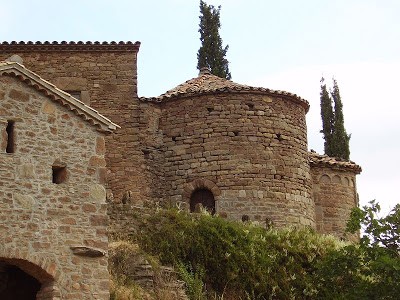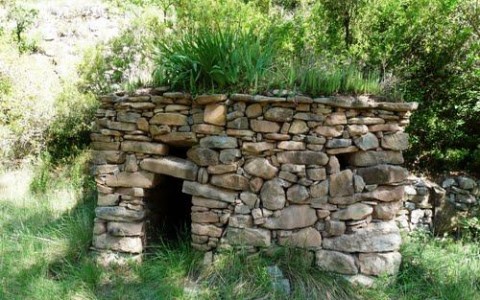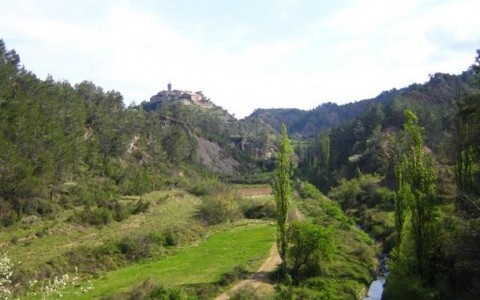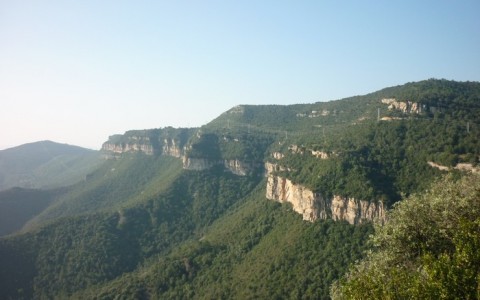Serene territories
The Moianès long-distance trail is also part of the itinerary that crosses the area of Territoris Serens. Different territories came together to create a brand called Territoris Serens, whose common aim is to support a development model based on the people who live there, fostering the participation and dynamism of the agents and their own resources and embodying "serenity" as the paradigm of the pursued lifestyle.
These territories include the regions of Moianès, Lluçanès, Vall del Ges, Orís and Bisaura and Cabrerès-Collsacabra. Our territories are serene because we want our towns to grow appropriately, we care for our landscapes and give value to the produce the land gives us.
As a modest symbol of this association, here is a trail which goes through all the areas; an itinerary for a peaceful walk which enables us to discover why they are called Serene territories.
TECHNICAL FEATURES AND RECOMMENDATIONS
- This itinerary is meant to be done in a relaxed way, with no rushes, walking along old paths: Ronda del Moianès (Moianès hiking trail), camí de Sant Jaume (Sant Jaume track), old highroads or grazing routes of the Lluçanès region and several short and long-distance trails (GR and PR). We have found different links between them making a single route of 160 km, which we have marked with the distinctive designation Camins Serens. This is a short description of the different paths of the itinerary to provide easier hiking orientation.
- In the Moianès region, the path starts from Monistrol de Calders towards the wild and serene valley of Marfà, following GR3 - except the stretch of Marfà and Molí de Brotons, turning right – towards Moià and l’Estany.
To join up with the region of Lluçanès, we start in l’Estany following the camí de Sant Jaume (Sant Jaume track), up to the top of the slopes of Postius, where we leave the path to walk along the ridge following the blue markings of the Moià-França route. When we reach Fontfreda, we find the central grazing route of the Lluçanès.
- We cross the region of Lluçanès through Olost, Santa Creu de Jutglar, Sant Martí d’Albars, Santa Eulàlia de Puig-oriol until getting to Alpens.
- From Alpens we go towards Sant Martí de Vinyoles, following GR-1. Here, we take a PR that goes through the Boixadors pass and takes you up to Sora.
- In Sora, we continue the PR until connecting with the GR-3. Here there are signposts of the Diputació de Barcelona. We follow the route to Vidrà, passing through Sant Quirze de Besora, Montesquiu castle, Santa Maria de Besora and Bellmunt.
- In Vidrà, we can choose between a 16 km circular route marked as a local path, or continue up to Sant Pere de Torelló, going through Forat Micó and l’Esquirol. We follow the PR on the Cabrera path which connects with l’Esquirol in the Feu mountain range.
- From l’Esquirol we continue following the Abat Oliba path until reaching the top of Pont street. On the left, we take the Foradada path to get to Cantonigròs. In this village we continue on the Enamorats path up to the Ardura plain, and we go on towards the village of Tavertet.
- Once in Tavertet, we continue on the GR- 2.2, which follows the Avenc cliffs until reaching the Rajols pass, taking you on to Rupit.
- Despite being a path meant for hikers, as there are small stretches that cannot be done by bike, you can also find another version of this itinerary for mountain bikers on the web www.rutabike.com. You can download tracks, maps and a description of the route.
+INFO













